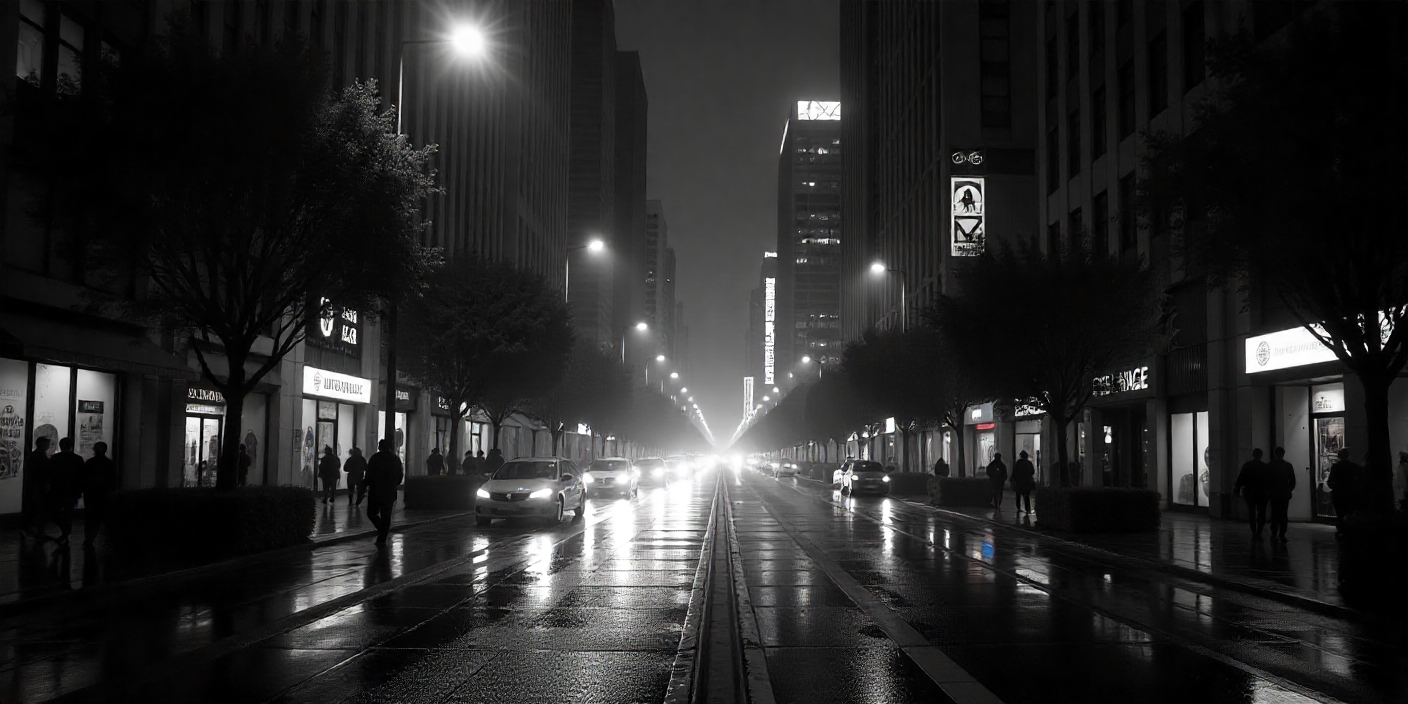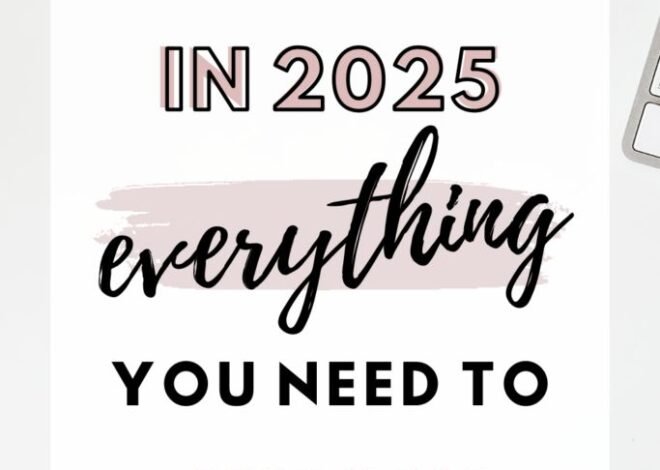
The Convergence Current: Where Technology, Ecology, and Human Experience Collide
We stand at a peculiar moment in history, where the boundaries between distinct domains are dissolving like sugar in hot tea. The most significant trends aren’t isolated phenomena; they’re powerful currents converging, reshaping our world in ways that feel both startling and inevitable. To understand what’s truly unfolding, we need to look beyond the headlines and glimpse the deeper patterns weaving technology, ecology, and human experience into an entirely new tapestry.
The Bio-Digital Blurring: Life Itself Becomes Programmable
Perhaps the most profound convergence lies at the intersection of biology and digital technology. We’re moving far beyond simply using computers to study life; we’re beginning to merge the two. Synthetic biology, once the realm of theoretical speculation, is now yielding tangible results. Scientists are engineering microbes to produce sustainable materials, create novel medicines, and even capture carbon dioxide more efficiently than plants. This isn’t genetic engineering as we once knew it; it’s treating DNA as a programmable code, designing biological systems with the precision of software engineers.
Simultaneously, digital interfaces are becoming increasingly intimate. Neural implants, once confined to assisting severe disabilities, are showing promise for enhancing cognitive function or restoring sensory input. Brain-computer interfaces (BCIs) are advancing rapidly, allowing users to control devices or communicate using thought alone. While widespread consumer adoption remains distant, the trajectory is clear: the line between our biological selves and our digital tools is blurring. This convergence raises profound questions about identity, enhancement, and what it fundamentally means to be human. Are we witnessing the dawn of a new bio-digital era, where life itself becomes malleable and augmented?
The Regenerative Imperative: From Sustainability to Active Renewal
The environmental movement is undergoing its own significant evolution. The dominant narrative of “sustainability” – aiming merely to reduce harm or maintain the status quo – is giving way to a more ambitious concept: regeneration. This shift represents a fundamental rethinking of our relationship with the planet.
Regenerative practices go beyond minimizing negative impacts; they actively work to restore, renew, and revitalize ecosystems. In agriculture, this means moving beyond organic farming to techniques like regenerative agroecology, which rebuilds soil health, increases biodiversity, sequesters carbon, and improves water cycles – all while producing nutritious food. Companies are embracing circular economy models not just as waste reduction strategies, but as engines for innovation, designing products from the outset to be disassembled, reused, or biodegraded, effectively eliminating the concept of waste.
This trend is powered by converging technologies: advanced materials science enabling bio-based and fully compostable alternatives; sophisticated sensors and AI providing hyper-detailed data on ecosystem health; and blockchain offering transparent tracking of resource flows and environmental impacts. Crucially, it’s also driven by a growing cultural recognition that humans are not separate from nature, but deeply embedded within it. The regenerative imperative isn’t just an environmental trend; it’s a fundamental shift in worldview, demanding we become active healers of the planet rather than merely less destructive inhabitants.
Decentralization Takes Root: Power Shifts from Institutions to Individuals and Networks
For decades, the trend was towards centralization – bigger corporations, more powerful governments, dominant platforms. Now, a powerful countercurrent is gaining momentum: decentralization. Enabled by blockchain, distributed ledger technology, mesh networks, and the rise of the creator economy, power is flowing away from traditional institutions towards individuals, small collectives, and decentralized networks.
This manifests in several ways. Finance is being reshaped by Decentralized Finance (DeFi), offering lending, borrowing, and trading without traditional banks, governed by code and community consensus rather than central authorities. Energy grids are evolving from monolithic utilities towards decentralized networks where homes with solar panels and batteries can generate, store, and trade power peer-to-peer. Manufacturing is seeing the rise of distributed micro-factories using 3D printing and local production, challenging global supply chains.
The implications are vast. Decentralization promises greater resilience (no single point of failure), increased transparency (transactions recorded on immutable ledgers), and enhanced individual agency. However, it also presents significant challenges: regulatory uncertainty, potential for new forms of inequality, security concerns, and the sheer complexity of managing distributed systems. This trend isn’t about eliminating institutions overnight; it’s about creating parallel structures and new forms of organization that challenge existing hierarchies and offer alternative models for governance, value exchange, and community building.
The Experience Economy Deepens: From Consumption to Immersion and Co-Creation
The “experience economy” isn’t new, but it’s undergoing a profound transformation. We’re moving beyond simply paying for curated experiences (like a concert or a theme park visit) towards immersive, participatory, and co-created realities. This shift is fueled by the convergence of augmented reality (AR), virtual reality (VR), spatial computing, haptic feedback, and sophisticated AI.
Virtual worlds are evolving from gaming spaces into platforms for social connection, work collaboration, education, and commerce. Companies are holding conferences in VR, architects are walking clients through unbuilt buildings in AR, and artists are creating immersive installations that respond to the viewer’s presence and emotions. The line between physical and digital experiences is becoming increasingly porous.
More significantly, the role of the consumer is shifting from passive recipient to active co-creator. Platforms now enable users to design custom products, participate in collaborative storytelling, contribute to world-building in virtual spaces, and even influence the development of the platforms themselves through decentralized governance models. This isn’t just about personalization; it’s about genuine participation in the creation of the experience. The trend reflects a deep human desire for agency, connection, and meaning beyond mere consumption. It challenges businesses to move beyond selling products or services towards facilitating meaningful, participatory journeys.
The Convergence Conundrum: Navigating Complexity and Unintended Consequences
These converging trends – bio-digital fusion, regenerative systems, decentralization, and immersive experiences – are not happening in isolation. They interact, amplify, and sometimes conflict with each other, creating a landscape of staggering complexity. A regenerative agricultural system might rely on decentralized micro-factories producing bio-based materials designed using synthetic biology, while its success is tracked via transparent blockchain systems and potentially experienced through immersive educational platforms.
This interconnectedness is the defining characteristic of our current moment. It offers immense potential: solutions to climate change, revolutionary medical breakthroughs, more equitable economic systems, and richer human experiences. However, it also presents unprecedented challenges. The pace of change accelerates, making it difficult for societies, regulations, and even our ethical frameworks to keep up. Unintended consequences become harder to predict as systems become more complex and interdependent. Who governs bio-digital interfaces? How do we ensure decentralized systems don’t exacerbate inequality? What are the psychological impacts of increasingly blurred realities?
Navigating this convergence requires more than technological prowess; it demands wisdom, foresight, and inclusive dialogue. We need interdisciplinary approaches that bridge science, ethics, sociology, and design. We need to foster critical thinking and digital literacy on a massive scale. Most importantly, we need to consciously shape these converging currents towards outcomes that enhance human flourishing, ecological health, and social equity. The trends are powerful, but their ultimate trajectory is not predetermined. The choices we make now – as individuals, communities, businesses, and governments – will determine whether this convergence leads to a future of fragmented chaos or one of integrated, regenerative abundance. The currents are strong; learning to navigate them wisely is the defining task of our time.


